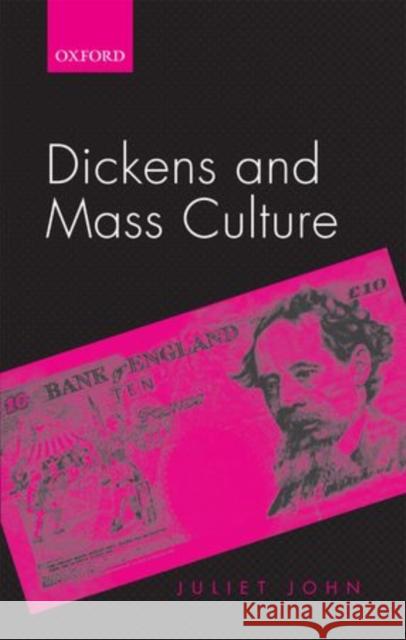Dickens and Mass Culture » książka
Dickens and Mass Culture
ISBN-13: 9780199257928 / Angielski / Twarda / 2011 / 352 str.
That the idea of Dickens and the adjective 'Dickensian' continue to have a cultural resonance which extends beyond the book-buying public almost two centuries after Dickens's birth is testimony to his sense of himself as a mass cultural artist. Juliet John contends that Dickens's popularity is unique, different even from that of Shakespeare because, writing in 'the first age of mass culture', he was instinctively aware of the changed context of art, or of the need for popular art to find its place in an age of mechanical reproduction. Dickens and Mass Culture describes the ways in which Dickens envisioned and engineered his cultural pervasiveness, the media that enabled it, and the posthumous processes - technological, commercial, ideological, and emotional - that have perpetuated it. The first part examines Dickens's cultural vision and practice - his model of authorship, journalism, public readings, relations with America, and the machine. The second explores Dickens's screen and 'heritage' afterlives, as well as the visitor attraction, 'Dickens World'. His longtime presence on the ten-pound note symbolizes the book's guiding interest in the relationship between the commercial, cultural, and political aspects of Dickens's populist vision and legacy. John argues that the aspects of his art that have underscored critical ambivalence about Dickens - his relations with money, mechanical reproduction, and the mass market in particular - have ultimately ensured both his iconic cultural status and his centrality to the academic canon.











